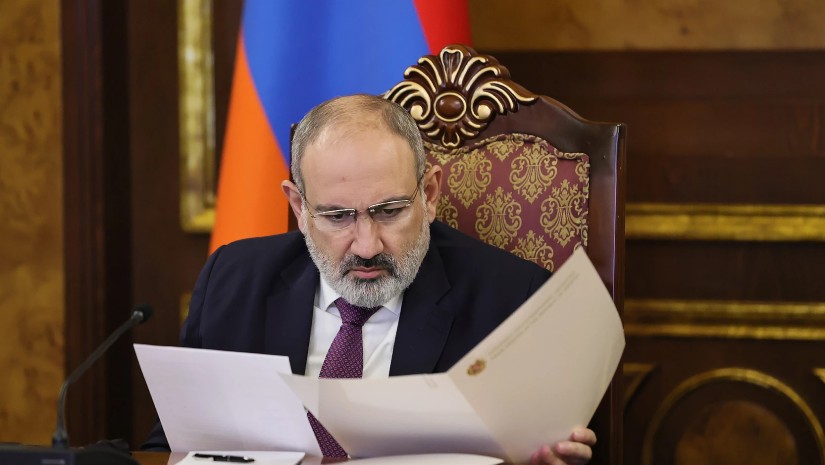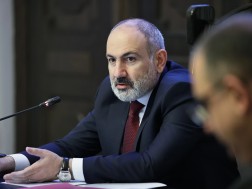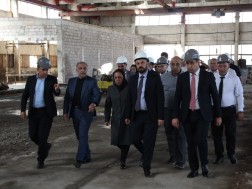At the government meeting on August 29, Minister of Economy Gevorg Papoyan presented an updated program aimed at expanding the network of slaughterhouses and enhancing the technological capabilities of food industry enterprises. The program is designed to promote livestock slaughtering at specialized slaughterhouses and modernize equipment in the agri-food sector.
A key change in the program is the increase in the total leasing amount limit for a single business entity from 1 billion drams ($2.5 million) to 2 billion drams ($5 million). "This decision was made after analyzing the results of the previous phase of the program, which demonstrated high efficiency and good repayment rates among participants," the minister said.
The updated program places special emphasis on the creation of modular slaughterhouses. For this area, the funding threshold is also proposed to be raised to 2 billion drams. Additionally, the government plans to increase the interest rate compensation on loans from 10 to 12 percent, making financing even more accessible for entrepreneurs.
An interesting new feature is state support for the initial payment. If an entrepreneur acquires a mobile or modular slaughterhouse, 80 percent of the initial 20 percent payment will be subsidized by the state.
Commenting on the changes to the program, Prime Minister Nikol Pashinyan noted a shift in the government's approach. "Whereas similar programs previously had a predominantly social focus with low participation thresholds, the emphasis is now on supporting efficiently operating enterprises that can become drivers of industry development," he said.
Pashinyan stressed that the new approach is aimed at supporting those who have already proven their effectiveness and are seeking to expand their activities. "If a person is working well and wants to do more, we should support them because they are the locomotives; they should lead others," the prime minister stated.
A distinctive feature of the leasing program remains the mandatory requirement to purchase new, previously unused machinery and equipment. This requirement is aimed at ensuring the technological renewal of the industry and enhancing its competitiveness.
















